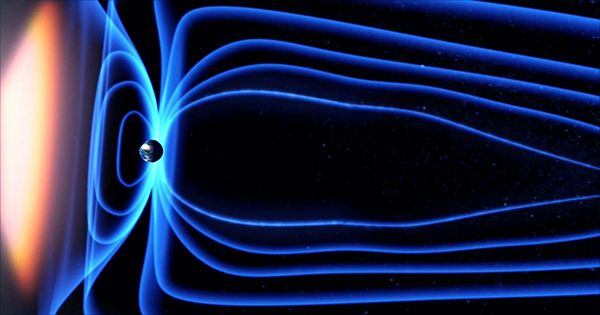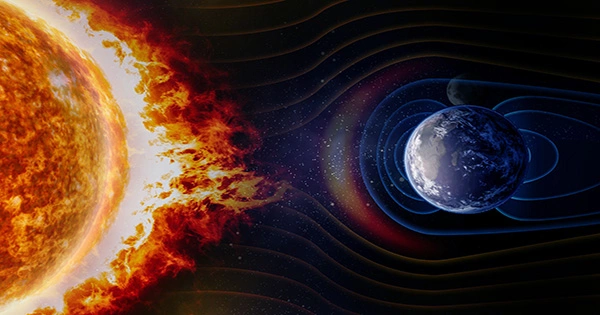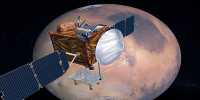Due to a “dead” sunspot hurling out a coronal mass ejection (CME) of plasma and solar material towards Earth on April 11, a G2 Class geomagnetic storm is likely to erupt on Earth this Thursday, April 14. The Northern Lights might be seen as far south as New York, which is great news for aurora hunters. The geomagnetic storm is caused by an increase in the amount of plasma received by the Earth from the Sun. A sigmoid structure, an S-shaped magnetic filament seen in the Sun’s corona that creates a “flare” explosion, produced the CME from an area that had a sunspot until recently.
The “corpse” of spot AR2987 was split apart yesterday due to convection on the Sun’s surface, leaving behind a seemingly tranquil solar surface. However, as reported by SpaceWeather.com, magnetic turmoil rumbled beneath that spotless surface, resulting in an outburst that launched debris toward Earth.

Sunspots are colder regions of the Sun created by magnetic fields weakening the mechanisms that allow heat to ascend to the surface. Despite the fact that the patches generate less energy than the surrounding areas, they are linked to flares and CMEs, which are plasma blasts into space. When this happens, charged particles are ejected from the Sun. Those that are heading in our direction may be directed towards the geomagnetic poles by the Earth’s magnetic field. When they collide with the upper atmosphere, auroras might appear, ranging from enticing to spectacular.
The auroras connected with this geomagnetic strom are projected to have a KP of six – on a scale of zero to nine, with a two or three on a typical night – and should put on a terrific display. They are predicted to be seen as far south as Scotland in Europe and Illinois in North America at mid-to-high latitudes.
The projected worldwide geomagnetic conditions (Kp) as well as those for the middle and high latitudes are listed below (K-indices). These numbers represent the projected geomagnetic activity over the next three days for every particular 3-hour period. This is the quickest method to find out what type of geomagnetic conditions to expect in the next three days. The forecasts are updated daily by the NOAA SWPC and may not always match the Space Weather Live team’s projections. The times are in UTC (Universal Time).














